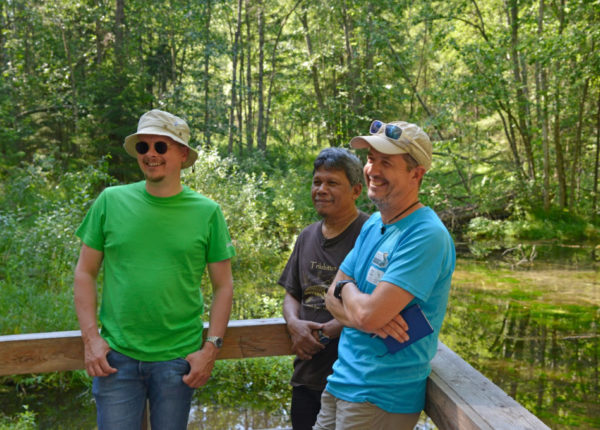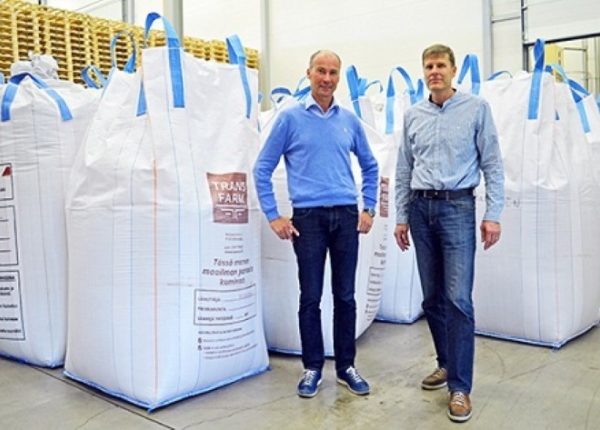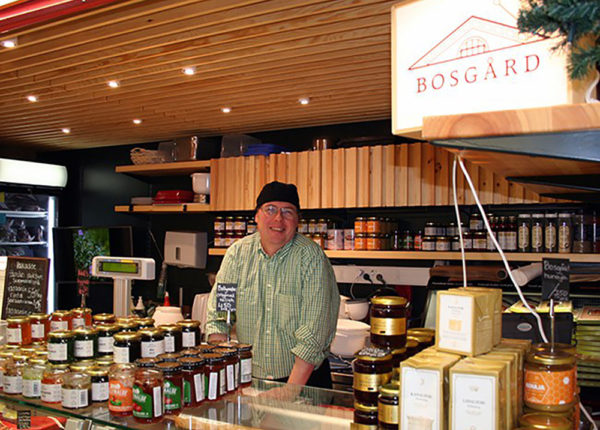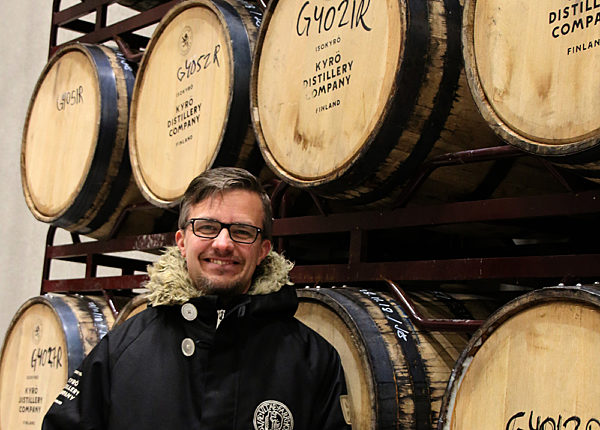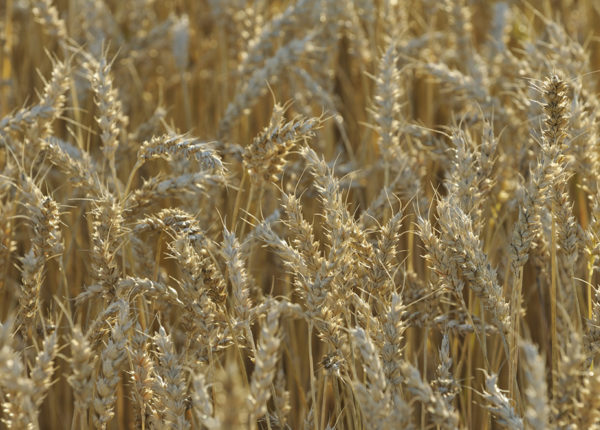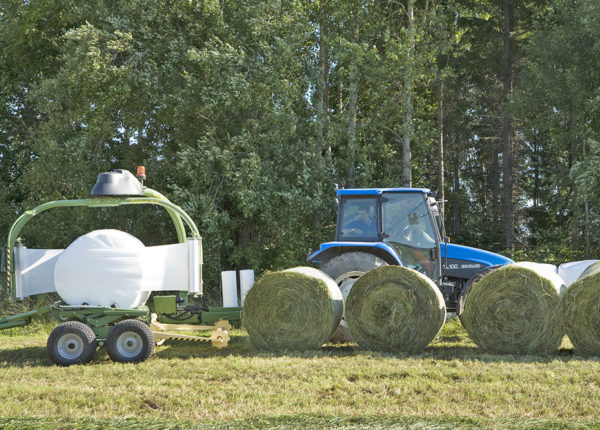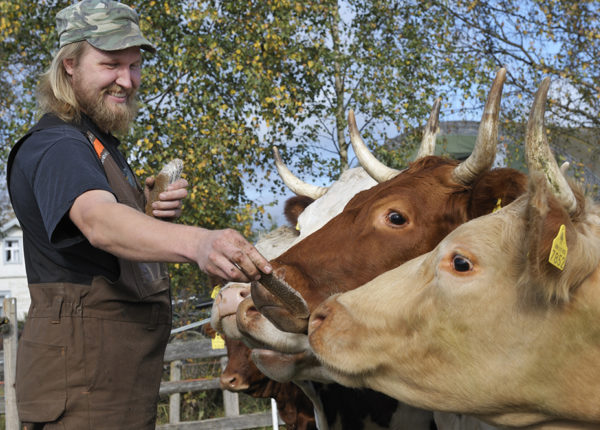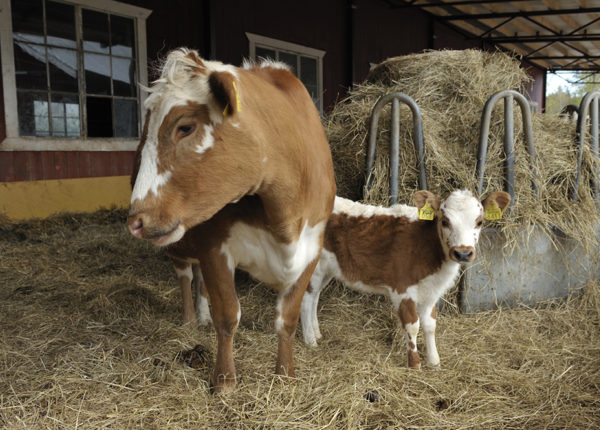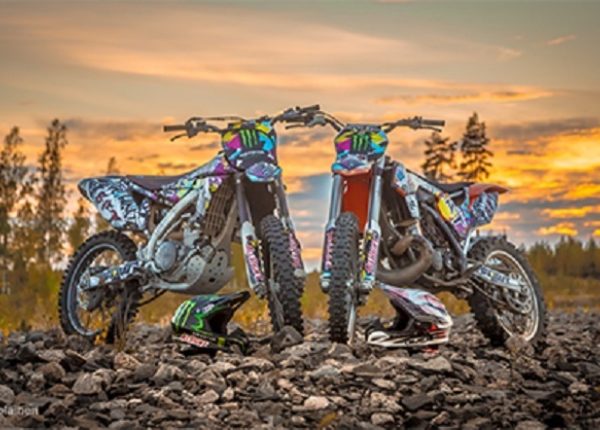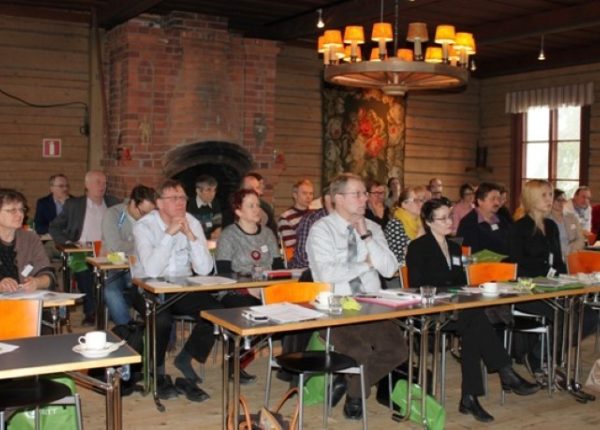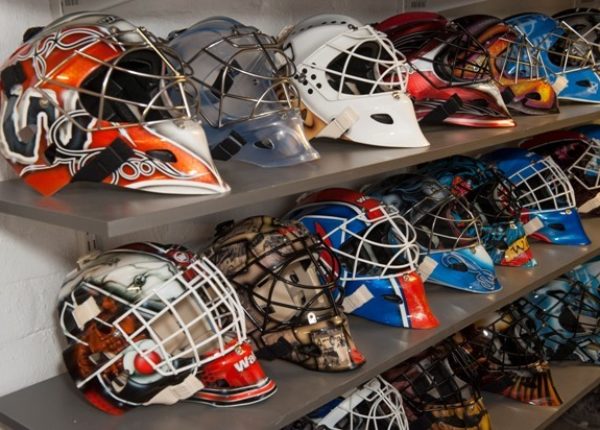Bosgård’s local produce are sold at the farm, online and at Hakaniemi Market Hall. The manor also offers accommodations, venues for conferences and special occasions and restaurant and catering services. Visit the farm to see how cattle is raised and experience the rich nature on trails across traditional rural landscapes.
Environmental conservation through grazing
Bosgård farm is the largest traditional pasture biotope in the Uusimaa region. Meadows, pastures and grazed woodlands and shores rich in endangered species of plants and animals are called heritage biotopes. They have been formed as the result of animal grazing. In addition to their great biodiversity, heritage biotopes also often hold scenic and historical value. The Rural Development Programme supports animal grazing in heritage biotopes by means of farmland nature and biodiversity care agreements with farms.
The most typical heritage landscapes in Eastern Uusimaa are coastal meadows and woodland pastures. At Bosgård, cattle has been grazed in heritage biotopes since 1993. Bosgård farm grazes its cattle on the shores of Pikku-Pernajanlahti and Iso-Pernajanlahti bays and in Loviisa.
“Grazing in heritage landscapes takes much more work than keeping the animals indoors year round, especially if the pastures are located further away from the farm. The animals must be transported to pasture and back in the spring and autumn. During summer, the animals’ health and the condition of fences must be monitored at all times. It is great that efforts are being made to save heritage landscapes and their highly endangered species. Those who have walked in heritage landscapes and seen the great richness in birds, insects and butterflies can appreciate their beauty,” says Marcus Walsh, co-owner of Bosgård farm.
Nature and local food a boost to tourism
Bosgård welcomes visitors to explore its heritage landscapes. The farm has three nature trails that pass through traditional rural landscapes. Grazing animals can be seen from the trails, and signposts along the way tell about the environment’s rich biodiversity and scenic value.
“There are two ways by which ordinary Finns can have great influence over our national landscape: one is to buy meat from animals grazed in heritage landscapes, the second is for forest owners to favour continuous cover forestry over clear-felling. With just these two methods, the Finnish countryside would become much more beautiful and attractive to tourism. A harmonious landscape also positively affects the mental wellbeing of both residents and visitors.”
Marcus Walsh believes local food tourism to grow in the future, but much work still remains to be done. Efforts should be made to better productise the diverse cultural attractions and local food producers of the countryside. Local food and culture tourism could be promoted by marketing the countryside also to domestic tourists, in addition to international visitors. Attractions in the countryside are well suited for daily trips by families, groups as well as those travelling alone. Local residents might also come to better understand their area’s specialties, tastes, natural beauty and cultural history. Local tourists would also help lengthen the summer peak season for rural tourism. The Finnish countryside offers experiences and tastes also over the dark winter months.
“Visitors at Bosgård are treated to all sorts of experiences,” says Marcus Walsh, offering a taste of the Château Latour of Finnish nature, an Arctic bramble jam with a “long, magnificent and mind-blowing aftertaste”.
Direct-to-consumer sales, diverse products and cooperation the key
The best marketing channels for the farm’s services and products are previous visitors and direct customers, as well as the farm’s website and social media. All beef is produced at Bosgård farm and sold directly at the farm, online and, since September 2015, at an outlet in Hakaniemi Market Hall in Helsinki. Bosgård has also expanded to producing cold-smoked fish at a smoker on the island of Pellinki. Ready meals prepared using these ingredients and Bosgård farm’s own recipes are in high demand.
In addition to raw meats, the store in Hakaniemi Market Hall offers delicious dishes for all occasions from homemade ingredients, including meat loaves and red wine stew. Besides organic Charolais beef, the main meat products sold at Hakaniemi are organic mutton and game meat. Thanks to cooperation with other local organic producers, the outlet at Hakaniemi has a more varied range of products on offer than in direct farm sales or the online store.
“It was clear to us from the get go that this is the way things work around here. We have fantastic contacts with a number of organic producers around Uusimaa, and they have been delighted about the opportunity to increase sales,” explains Walsh.
Bosgård works together with local fishers and other organic producers, particularly for game meat. Cooperation and networking are essential in organic food distribution and for reaching consumers. For now, local food and organic meat is sold mainly on the farm directly to consumers. Increasing the number of middlemen also hikes up the price of meat. In supermarkets, consumers may often find it difficult to pick out or even find the farm’s products from a long list of options.
“Only a small part of the new generation visit market halls such as this one, and older shopkeepers say that the number is still decreasing. That is a big concern. We have no lack of ideas for recipes. The problem is how to get people to find us,” says Marcus Walsh at the Bosgård outlet in Hakaniemi Market Hall.
Hakaniemi Market Hall opening hours: Mon-Fri 8-18, Sat 8-16
http://www.bosgard.com/
https://www.facebook.com/Bosgard
Simple, quick and affordable recipe for any occasion by Bosgård Manor!
Stuffed beef flank steak rolls
Ask your butcher to cut the flank steak and flatten it thin. Take around 150 grams of flattened steak per person. Mix grated Emmental cheese with a few tablespoons of fresh chopped salvia and parsley leaves. Spread the stuffing on the steaks and roll them. Tie the ends and (with larger rolls) the middle with string to hold the roll together, but do not tighten. Sear smaller rolls on a pan with butter, turning once until to your liking. For larger rolls, you can also use the oven. A roll of 600 g cooks at 180 C in around 25 minutes. For an easy sauce, add 1-2 dl of red wine and cream after searing and let boil. Add salt to liking and serve with buckwheat or steamed winter root vegetables.



